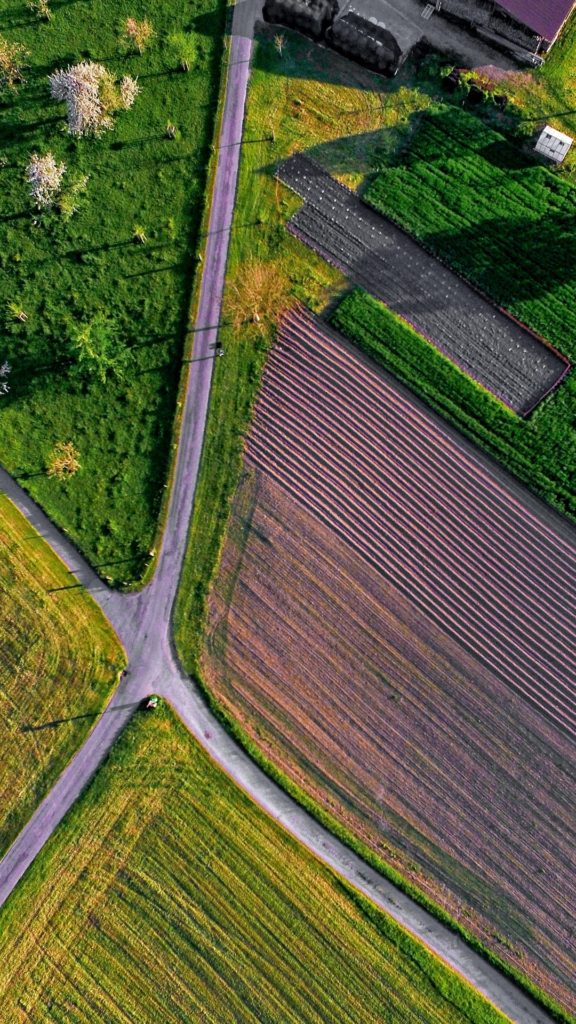Actualmente la agricultura enfrenta muchos desafíos a medida que crecen las necesidades de producción mientras que los recursos se mantienen en el mismo nivel. Será necesario producir un 70 % más de productos alimenticios para 2050. No podemos obtener más suelo, sin embargo, podemos utilizar los recursos de manera consciente y minimizar las pérdidas.
La tecnología se convierte en una solución para estos desafíos al permitirnos lograr una producción agrícola exitosa y rentable conociendo las mejores prácticas de cultivo para mejorar su rendimiento, controlando los costos de producción y mejorando las ventas.
Las principales empresas buscarán sustituir las formas anticuadas de gestión agrícola, ganadería y cultivo para implementar herramientas comerciales, Internet de las cosas (IoT) e inteligencia artificial (IA) con el objetivo de optimizar su trabajo, lograr una mejor planificación – predicción del rendimiento y aumentar las capacidades de producción.

Con ayuda de un software agrícola podrás:
Estas tareas requieren la participación de una gran cantidad de personas por lo que presentan desafíos al no tener la data centralizada. Con ayuda de un software podrás optimizar estos procesos, aumentar la precisión y capacitar a tus empleados para tener una gestión más eficiente en sus puestos.
Pasar a soluciones digitales optimizará la gestión y hará que las decisiones sean basadas en datos.
1) Análisis predictivo
Mediante el uso de inteligencia artificial y big data, las empresas agrícolas y los agricultores pueden predecir los cambios de precios y vender sus productos en una fecha determinada cuando las tasas están por encima del promedio.
Al tener datos significativos a su disposición, estas empresas pueden tomar decisiones razonables. Esto también es cierto cuando se trata de comprar nutrientes para los cultivos.
2) Supervisar la condición del cultivo
Tener grandes campos de plantas limita el monitoreo constante de las condiciones del cultivo, por lo que se requiere implementar nuevas tecnologías. Una aplicación agrícola simple puede rastrear esos parámetros y notificar a los agricultores si se rompe el equilibrio nutricional.
3) Sistemas de riego automatizado
El riego es una parte esencial del proceso agrícola y puede ser bastante costoso según la región y la cantidad de recursos hídricos.
Las condiciones climáticas son un aspecto crucial que debe tenerse en cuenta al planificar el riego. Con la ayuda de tecnologías modernas, los agricultores pueden programar el proceso, según el pronóstico del tiempo.
4) Drones para mapeo y entrega
Los campos gigantes son difíciles de cuidar y requieren mucho tiempo para controlar lo que sucede en áreas remotas. Los drones permiten monitorear todo el territorio y entregar cosas pequeñas a lugares distantes. También pueden usarlos para distribuir fertilizantes y pesticidas en el campo.
5) Tractores autónomos
Si bien todo el mundo está entusiasmado con los autos sin conductor, el sector agrícola también puede utilizar esta tecnología. Por lo tanto, los tractores autónomos podrían aparecer pronto en el mercado. Esta tecnología reduciría los gastos de mano de obra y aumenta las horas de trabajo eficientes, ya que las máquinas no necesitan descansar.
¿Listo para digitalizar tu cosecha? En Agrak tenemos a tu disposición un equipo de asesores expertos para ayudarte en este proceso.
Nuestro equipo comercial te contactará para elegir el mejor plan según tus necesidades.